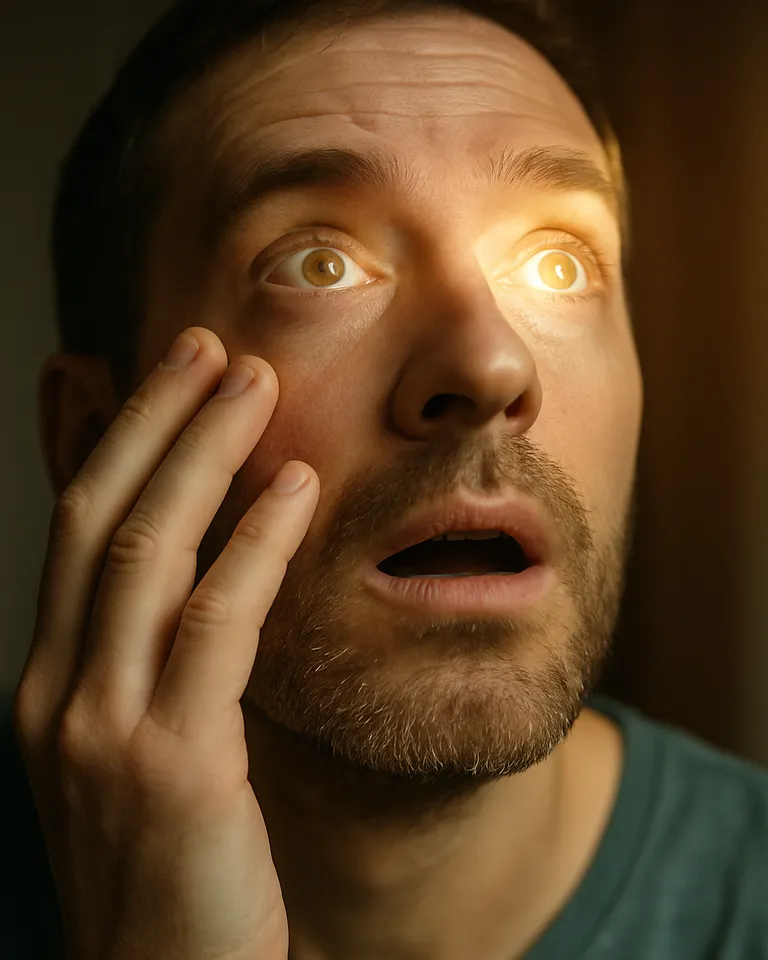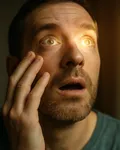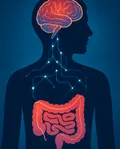A New Hope for the Blind
In a groundbreaking study, researchers have successfully used stem cells derived from deceased donors to restore sight in individuals suffering from severe vision loss.
The treatment marks one of the most promising advances in regenerative medicine and ophthalmology to date.
How the Treatment Works
Scientists extracted retinal cells from donated tissue and reprogrammed them into stem cells capable of repairing damaged parts of the eye.
When transplanted into patients with advanced vision loss, these cells integrated with existing retinal structures and helped restore light sensitivity and partial vision.
The Study’s Results
- Several patients regained the ability to detect shapes, movement, and light.
- Improvements in visual function were measurable within weeks of the transplant.
- No severe immune reactions were reported, suggesting the treatment is safe and effective.
While the recovery was not full vision, the ability to regain even partial sight represents a life-changing improvement for patients.
Why This Matters
Blindness and vision impairment affect over 250 million people worldwide.
Current treatments are limited, but stem cell therapies could provide a sustainable way to reverse conditions once considered untreatable.
Potential applications include:
- Age-related macular degeneration (AMD)
- Retinitis pigmentosa
- Corneal damage
What’s Next?
Researchers are planning larger clinical trials to confirm safety, refine the procedure, and explore whether stem cell therapies can restore more complex vision abilities.
If successful, this could revolutionize the treatment of blindness within the next decade.
By ✍️ Yorlinda Ramìrez- MicuPost Team
Sources:
- Nature Medicine Journal
- [American Academy of Ophthalmology](American Academy of Ophthalmology)



